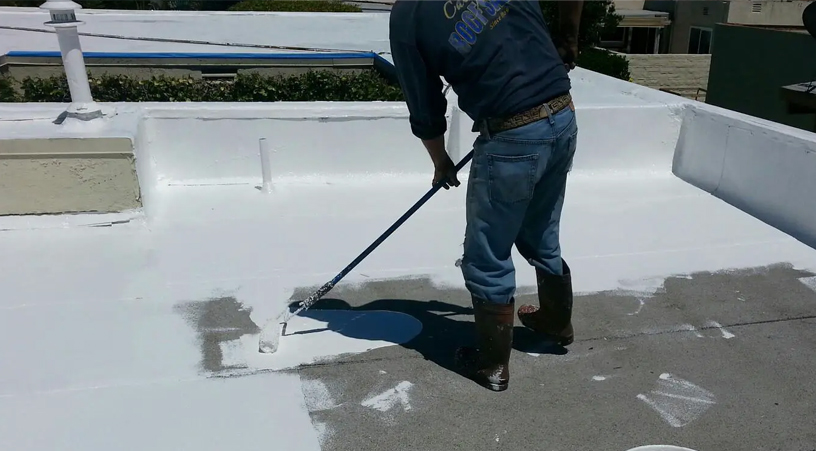- Office no 138,Bizz Bay, NIBM, Pune 411048
- info@smsenterprises.com
- +918983791910
Pump House Waterproofing

Pump House Waterproofing
Pump house waterproofing is a specialized process essential for safeguarding pump houses or pump stations against water infiltration and potential structural damage. Pump houses typically contain crucial equipment like pumps, motors, and electrical components, making it vital to protect them from moisture and water-related issues.
Here's an outline of the process involved in pump house waterproofing:
-
Surface Preparation: The initial step involves cleaning the surfaces within the pump house, removing debris, dust, or existing coatings. Ensuring a clean and smooth surface is essential for effective waterproofing.
-
Identifying Problem Areas:Inspecting the pump house for potential vulnerabilities such as cracks, joints, pipe penetrations, or openings is critical. These vulnerable areas are often prone to water ingress and require sealing.
-
Waterproofing Material Application:Applying waterproofing materials specifically designed for industrial or pump house environments is crucial. Various materials such as sealants, coatings, or specialized membranes are used to create a waterproof barrier on walls, floors, and susceptible areas.
-
Sealing and Reinforcement:Attention is given to sealing joints, edges, connections, and any openings to ensure a tight seal. Reinforcing these areas with appropriate sealants helps prevent water infiltration.
-
Sealing Joints and Connections:Paying attention to sealing joints, edges, and connections is crucial to ensure there are no gaps where water could seep through. Sealants are used to reinforce these areas, providing additional protection against water penetration.
-
Multiple Coating Layers: Waterproofing materials are often applied in multiple layers to ensure complete coverage and enhance the durability and effectiveness of the waterproofing system.
-
Curing and Drying: Allowing sufficient time for the waterproofing materials to cure and dry as per manufacturer guidelines is essential. This curing period ensures the materials are properly set and create a strong, impermeable layer.
-
Post-Application Inspection: A thorough inspection is conducted after waterproofing to ensure uniform application and address any missed spots or defects
